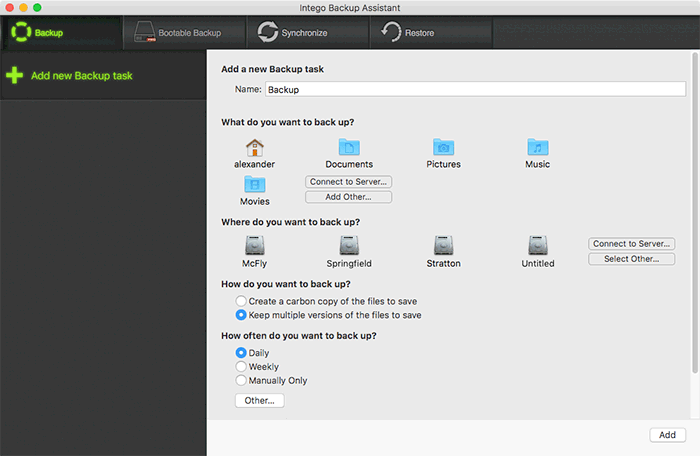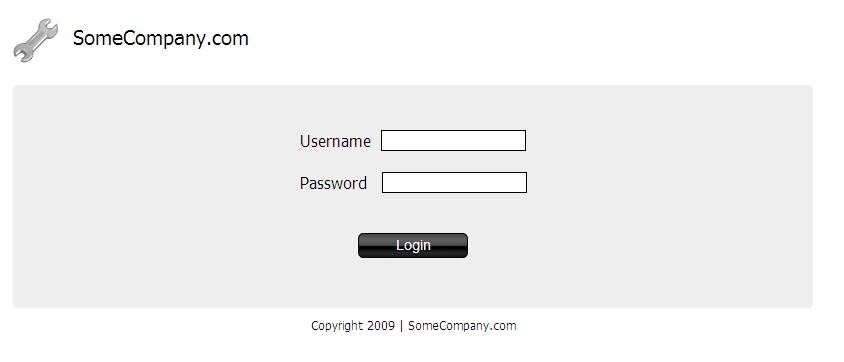
BACKUPLIST CODE
Resourcesīarman is the property of EnterpriseDB UK Limited and its code is distributed under GNU General Public License v3. However, we cannot exclude the presence of bugs.Īny bug can be reported via the Github issue tracker. There was an error in the command input Other non-zero codesīarman has been extensively tested, and is currently being used in several production environments. The connection to the cloud provider failed 3 If using -cloud-provider=google-cloud-storage * google-cloud-storage Exit Status 0 azure-identity (optional, if you wish to use DefaultAzureCredential).If using -cloud-provider=azure-blob-storage: Only authentication with GOOGLE_APPLICATION_CREDENTIALS env is supported at the moment. Referencesįor Google Cloud Storage: * Credentials: If no credentials can be found in the environment then the default Azure authentication flow will be used. If omitted then the credential will be obtained from the environment. Optionally specify the type of credential to use when authenticating with Azure Blob Storage. Test connectivity to the cloud destination and exit –format Increase output verbosity (e.g., -vv is more than -v) -q, –quietĭecrease output verbosity (e.g., -qq is less than -q) -t, –test Show program's version number and exit -v, –verbose Show a help message and exit -V, –version The name of the server as configured in Barman.
BACKUPLIST FULL
It can make perfect full system clones as well as snapshot-style incremental backups. It is a wrapper application for rsync 3.0.8, a powerful file transfer application that preserves all OSX metadata perfectly. For example: s3://BUCKET_NAME/path/to/folder (where BUCKET_NAME is the bucket you have created in AWS). BackupList+ is a simple, accurate, and fast backup utility for OS X. URL of the cloud source, such as a bucket in AWS S3. This script and Barman are administration tools for disaster recovery of PostgreSQL servers written in Python and maintained by EnterpriseDB. Currently AWS S3, Azure Blob Storage and Google Cloud Storage are supported. This script can be used to list backups previously made with barman-cloud-backup command. LOGFILE=$LOGDIR/vm_backup_$(date +"%Y_%m_%d_%I_%M_%p").List backups stored in the Cloud Synopsisīarman-cloud-backup-list SOURCE_URL SERVER_NAME Description

BACKUPLIST ARCHIVE
Mar 12 18:38:23 INFO: archive file size: ~ > zfs list -r -t all rpool/proxmox/1005

So my question is does it make sense to do ~ > grep size /proxmox/dump/vzdump-qemu-1005-2019_03_12-18_30_02.log I can move backup with borg and I delete the snapshot using : Qemu-img convert -O qcow2 /dev/pve/snap_vm-100-disk-0_qmsnap vm-100-snap.qcow2Īfter the conversion is done, I have a new image that I've been able to boot without problem for now. qcow2 file, but I need to activate the volume before. If the VM is using LVM storage, I can also use qemu-img to convert the LVM to a. Qemu-img convert -O qcow2 -s qmsnap vm-100-disk-0.qcow2 vm-100-snap.qcow2 I can also use qemu-img convert to create a new image from the snapshot.

If the VM is using qcow2 format, I can use qemu-img info to see the snapshot.

Suppose I have a running VM with ID 100, then first I create a snapshot using the following command : To by-pass that, I've try to create a VM snapshot then convert the image snapshot to a qcow2 file which seems to be working great but I'm not sure if I'm doing it right. vma file that doesn't seem to work well with deduplication. (I'm using BorgBackup with a remote repo for storing) I'm looking to create a script that will create a backup of my current VM and stored them in a deduplication system.


 0 kommentar(er)
0 kommentar(er)
